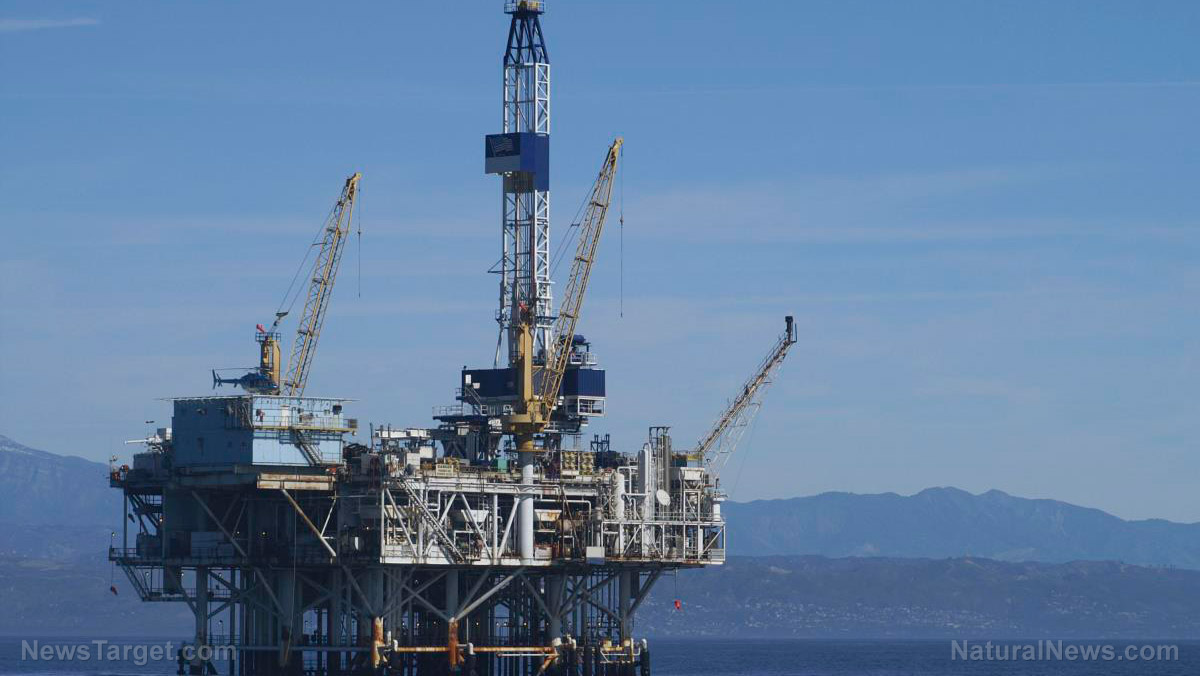
Law of supply and demand
Supply and demand play a particular role in the delays in delivery. On the supply side, the complexity, density and geographic distribution of value chains can make delivery highly vulnerable to blockages at any of the links. On the demand side, significant changes in volume and composition play a role. For instance, the substitution of consumption of contact-intensive services by electronic home goods has led to the explosion in demand for semiconductors. In advanced countries, fiscal support packages enabled families to maintain their disposable income during the pandemic as well. In the U.S., consumers were even able to use accumulated savings to keep shopping at a pace above the increase in income. The mismatch between supply and demand can be found in energy price shocks, showing how the road to decarbonization will be difficult at best. Low gas stocks in Europe, restrictions of coal in China and India and capacity limits in the production of shale oil in the U.S. have all been put in use while there is still an insufficient alternative supply of renewable energy. In China, energy shortfalls have led to temporary stoppages in industrial production in many regions, aggravating the disruption of value chains and leading to global repercussions. The need to strengthen the provision of renewable energy is necessary to avoid tightness of supply relative to energy demand, and to make the system less vulnerable to shocks. Low wind in Europe, droughts in Brazil and floods in Asia have all hampered energy efficiency. The supply chains in the U.S. have also been affected by the lack of a workforce. Acceleration in retirements caused by the pandemic showed that more than half of the 5.25 million people who left the workforce corresponded to more than three million excess retirements during the pandemic. This could be due to greater health risks in older adults to the "enrichment" resulting from the appreciation of financial assets that reflected monetary policy during the pandemic. The pace of the country's economic recovery and President Joe Biden's attempt at rebuilding the value chains still have to deal with labor shortages, whether temporary or not. However, nominal wage increases have climbed and the inflationary scenario started to change with the perspective that value chain disruptions and supply constraints will take some time to get fixed – at least until the first half of 2022. The difference in rates of return in treasury bonds and those protected against inflation in the same period rose from levels of around 2.5 percent to close to three percent per year. While this shows a good perception of risks stemming from errors in inflation forecasts, it also suggests that investors expect higher inflation to persist. Read more about how the COVID-19 pandemic impacted the global economy at Bubble.news. Sources include: TheStreet.com Research.StLouisFed.orgFormer pro calls for “investigation” after another football player suddenly collapses
By News Editors // Share
COVID-positive Australians FORCED OUT of their homes by the Army and transported to quarantine camps
By Mary Villareal // Share
Austrian Catholic activist leads call to resist COVID tyranny
By Mary Villareal // Share
John Deere workers end 5-week strike after reaching deal with hefty raises
By Cassie B. // Share
Economic issues, inflation, poor leadership among the biggest worries of Americans
By Matthew Davis // Share
Nature's Pharmacy: 4 Powerful herbs for urinary health
By dominguez // Share
A geological revelation: Earth's hidden carbon vault
By willowt // Share
Hollywood embraces AI: Disney bets $1 billion on OpenAI
By kevinhughes // Share
Netflix children's programming heavily saturated with LGBT themes, report finds
By bellecarter // Share











